Mastering Precision Die Cutting: Techniques for Superior Custom Solutions
Understanding Precision Die Cutting
In today’s manufacturing landscape, precision die cutting plays a pivotal role in the production of complex designs and custom components. This technique utilizes precisely engineered tools to cut, shape, and mold materials into specified forms. It is critical in industries such as packaging, automotive, electronics, and more, enabling the creation of intricate parts with exceptional accuracy. Embracing precision die cutting can significantly enhance product quality, reduce waste, and streamline production processes.
What is Precision Die Cutting?
Precision die cutting is a manufacturing process that uses a die to cut a material into a specific shape. A die is a custom-made tool that allows for high-volume production of parts with uniform sizes and shapes. It is a critical technique employed in various industries, especially when it comes to the mass production of components that require high precision and exacting standards.
Typically, the process begins with designing the desired shapes in a CAD program. This drawing is then translated into a die that will cut materials such as paper, plastic, rubber, or metals. The die cutting can be performed on sheets of material or rolls, depending on the application and desired output.
Applications of Precision Die Cutting
Precision die cutting is widely applicable across various sectors. Here are some common applications:
- Packaging: Food packaging, retail packaging, and custom boxes often utilize precision die cutting for providing unique shapes and facilitating branding.
- Electronics: Custom cut parts such as insulation materials, gaskets, and casings are produced to fit specific devices.
- Medical Devices: Medical adhesives, surgical drapes, and packaging require precision to ensure usability and safety.
- Automotive Parts: Die cut components such as foam seals and insulation are essential in automotive assembly.
Benefits of Precision Die Cutting for Businesses
Utilizing precision die cutting offers numerous benefits to businesses, including:
- Enhanced Accuracy: The main advantage of precision die cutting is the ability to produce parts with high accuracy, ensuring consistent quality across multiple units.
- Cost Efficiency: Once the die is created, the cost per unit decreases significantly, especially in large production runs.
- Material Efficiency: The precision of cuts results in less scrap material, promoting a more sustainable manufacturing process.
- Flexibility: Precision die cutting can accommodate a wide range of materials, making it adaptable to different needs across multiple sectors.
Types of Precision Die Cutting Techniques
Flatbed Die Cutting Explained
Flatbed die cutting is one of the most straightforward methods used in precision die cutting. This technique involves a hydraulic press that presses the die against the material on a flat surface. It is particularly beneficial for thicker materials and can be used for detailed designs due to its capacity to exert significant force.
One limitation of flatbed die cutting is the slower setup time compared to other methods. However, its ability to handle a variety of substrates and produce intricate cuts makes it suitable for short to medium production runs.
Advantages of Rotary Die Cutting
Rotary die cutting employs a cylindrical die to continuously cut materials as they pass through the cutting area. This high-speed method is ideal for high-volume production and is often used in applications where efficiency is paramount.
The benefits of rotary die cutting include:
- Speed: It can cut large quantities of material very quickly, making it cost-effective for bulk production.
- Precision: The circular blade provides clean edges and precise cuts, essential for industries with strict tolerances.
- Multi-functionality: Rotary die cutting can also print, laminate, or perforate the material in a single pass.
Laser Die Cutting: Precision at Its Finest
Laser die cutting represents the forefront of precision cutting technology. It uses focused laser beams to slice through materials with remarkable accuracy. This technique is heralded for its versatility and ability to handle intricate patterns that might be challenging for traditional die cutting methods.
Benefits of laser die cutting include:
- Design Flexibility: Laser cutting enables the use of complex and intricate designs without the need for physical dies, which can be costly and time-consuming to produce.
- Clean Edges: The laser creates a burn-free edge, which can save on finishing time and reduce the need for additional treatments.
- Material Versatility: Difficult materials such as acrylic, cloth, and thick papers are easily cut using laser technology.
Key Considerations for Precision Die Cutting Projects
Material Selection for Die Cutting
Selecting the right material for die cutting is crucial to the success of the project. Common materials include:
- Paper: Used in packaging and promotional materials.
- Plastic: Commonly used for product labels, containers, and displays.
- Foam: Utilized in automotive and medical applications for gaskets and insulation.
- Metal: Employed in the production of durable parts for machinery and tools.
Each material requires different die cutting settings and techniques, and understanding these nuances will lead to better results.
Understanding Tolerances in Die Cutting
Tolerance is a critical factor in precision die cutting, especially for industries that require strict adherence to dimensional specifications. The typical tolerances for die-cut parts can range from +/- 0.005 inches to +/- 0.010 inches, depending on the die and material used.
Maintaining tight tolerances is essential, especially in applications where components need to fit together closely, such as in the electronics and automotive industries. It’s vital to communicate tolerance requirements with the die cutting partner to ensure that the final products meet expectations.
Cost Factors for Precision Die Cutting Services
Understanding the cost factors associated with precision die cutting can aid businesses in budgeting and selecting appropriate partners. Several elements comprise the overall costs:
- Die Creation Costs: Initial costs can be high due to the design and manufacturing of the die, which is a one-time expense.
- Material Costs: The type and quantity of materials used directly impact costs.
- Production Run Size: Higher production runs usually decrease the cost per unit.
- Finishing Processes: Additional processes like coating, laminating, or assembling can also contribute to the total cost.
Choosing the Right Precision Die Cutting Partner
Evaluating Die Cutting Companies
Selecting the right precision die cutting partner involves extensive research and evaluation. Here are key factors to consider:
- Experience: Look for companies with a proven track record in precision die cutting and relevant industry experience.
- Quality Assurance: Ensure that the company employs strict quality control measures to maintain standards.
- Technological Capability: Assess if they have the latest equipment and technologies for die cutting operations.
- Customer Support: Evaluate the level of support they offer during the project, from concept to completion.
Questions to Ask Your Die Cutting Provider
To ensure the right fit, here are some essential questions to ask potential die cutting partners:
- What types of materials do you work with?
- Can you provide examples of similar projects you’ve completed?
- What are your lead times for production?
- How do you handle quality control and assurance?
- What measures do you take for sustainability in your processes?
Case Studies: Successful Precision Die Cutting Projects
Examining successful precision die cutting projects can provide valuable insights into the capabilities of a die cutting service. For example, a prominent electronics manufacturer required custom gaskets for their products. By partnering with a specialized die cutting company, they achieved:
- High-volume production capabilities with consistent quality.
- Quick turnaround times that aligned with their production schedule.
- Cost reductions due to improved material efficiency and simplification of assembly processes.
Such case studies underscore the importance of choosing a capable partner that understands specific industry requirements and can deliver tailored solutions.
Future Trends in Precision Die Cutting
Technological Advancements in Die Cutting
The die cutting industry is continually evolving, with several technological advancements reshaping the landscape:
- Automation: Automation in die cutting is on the rise, enhancing speed and reducing labor costs.
- CNC Technology: Computer Numerical Control (CNC) machines are increasingly being used, allowing for greater flexibility and accuracy in cutting.
- 3D Die Cutting: Technologies that incorporate 3D printing are being developed to create more complex geometrical designs that were previously unattainable.
Sustainability in Precision Cutting Processes
As sustainability becomes a priority for manufacturers, precision die cutting processes are adapting. Manufacturers are implementing eco-friendly practices, such as:
- Using biodegradable materials and adhesives.
- Implementing recycling programs for scrap materials.
- Investing in energy-efficient die cutting machinery.
Beyond regulatory compliance, adopting sustainable practices can also strengthen brand reputation and appeal to environmentally-conscious consumers.
Market Predictions for Die Cutting Industries
The market for precision die cutting is expected to grow significantly, driven by increased demand across various sectors. Trends suggest:
- Growing demand for custom packaging solutions in e-commerce is likely to fuel the growth of the die cutting industry.
- As industries push for increased automation, businesses offering advanced technologies will thrive.
- The focus on sustainability will drive innovation and the need for more efficient manufacturing processes.
By staying informed about these trends, businesses can position themselves effectively for future growth in the precision die cutting landscape.
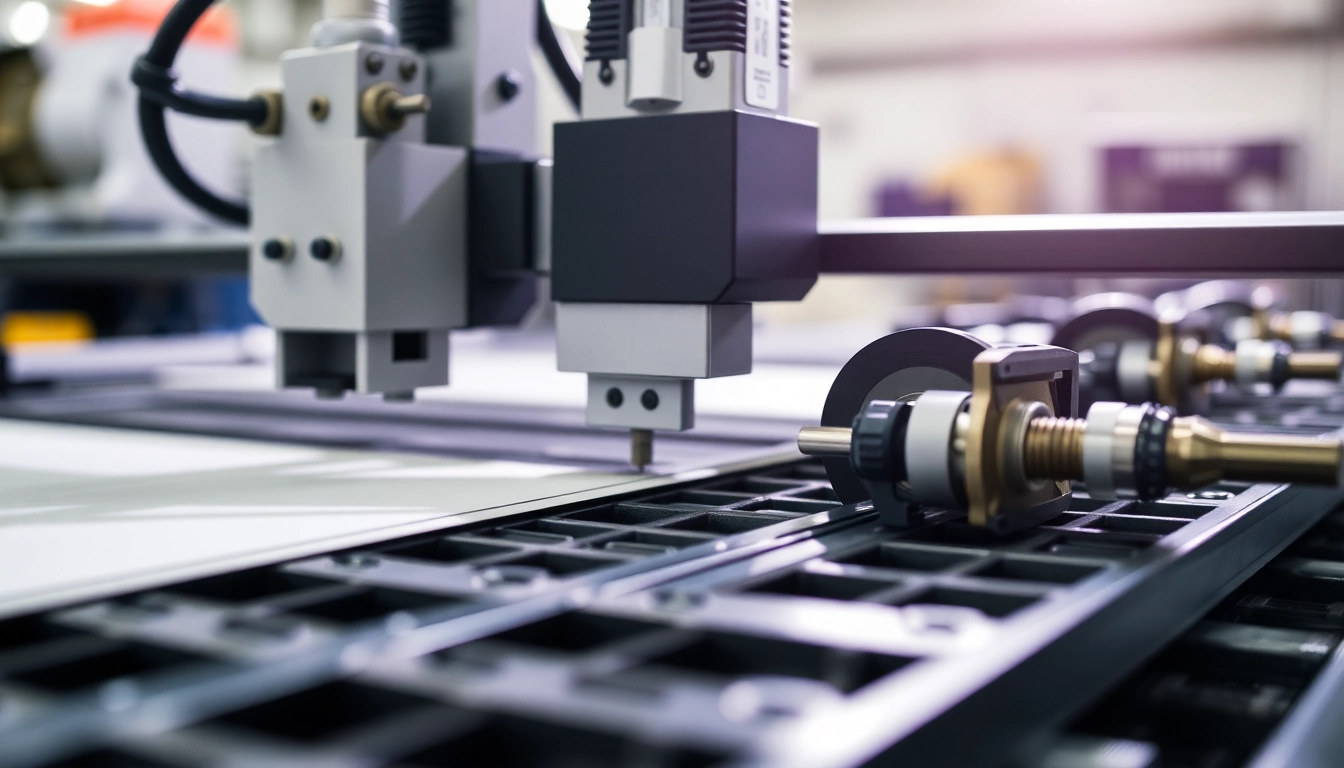
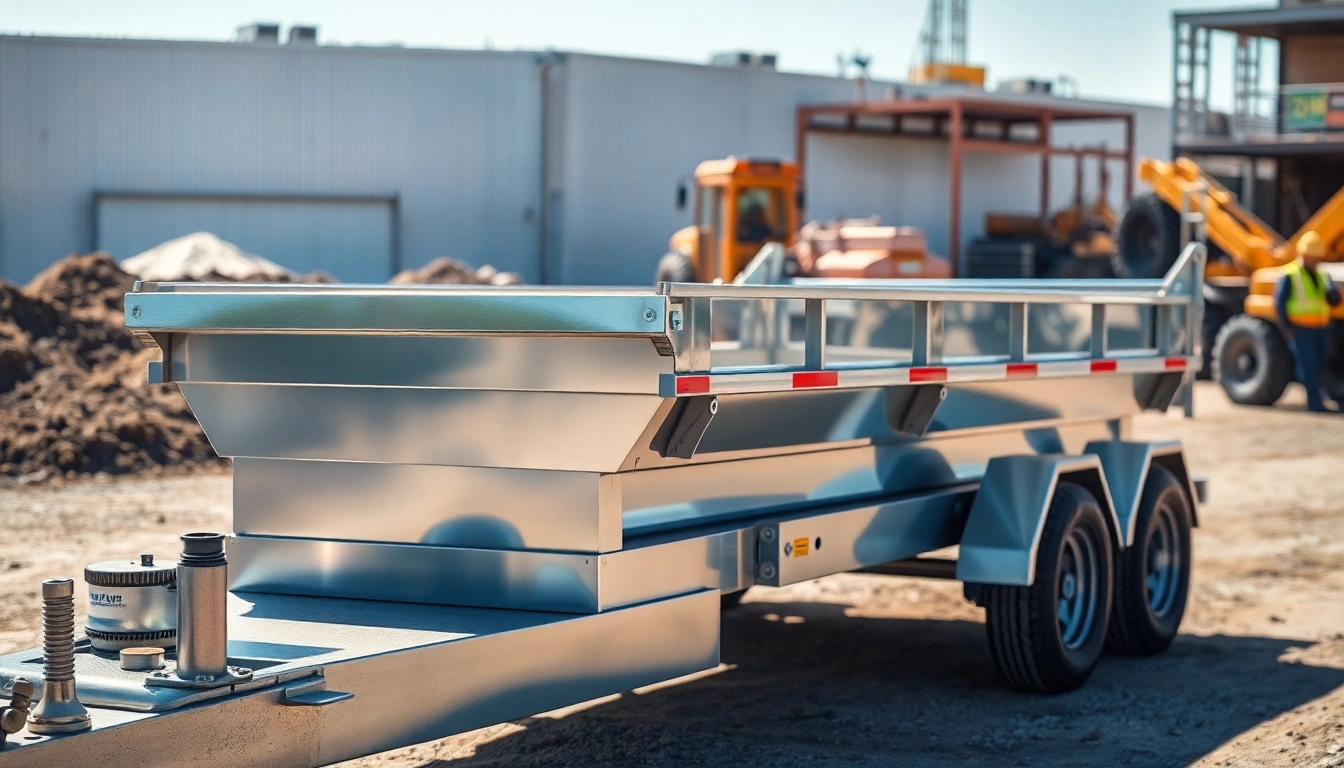


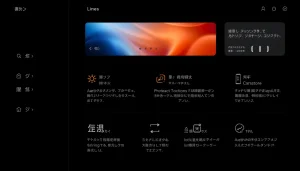



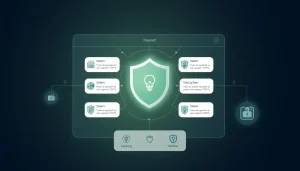



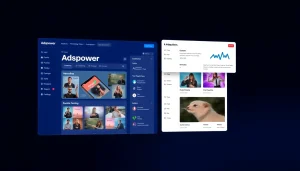

Post Comment